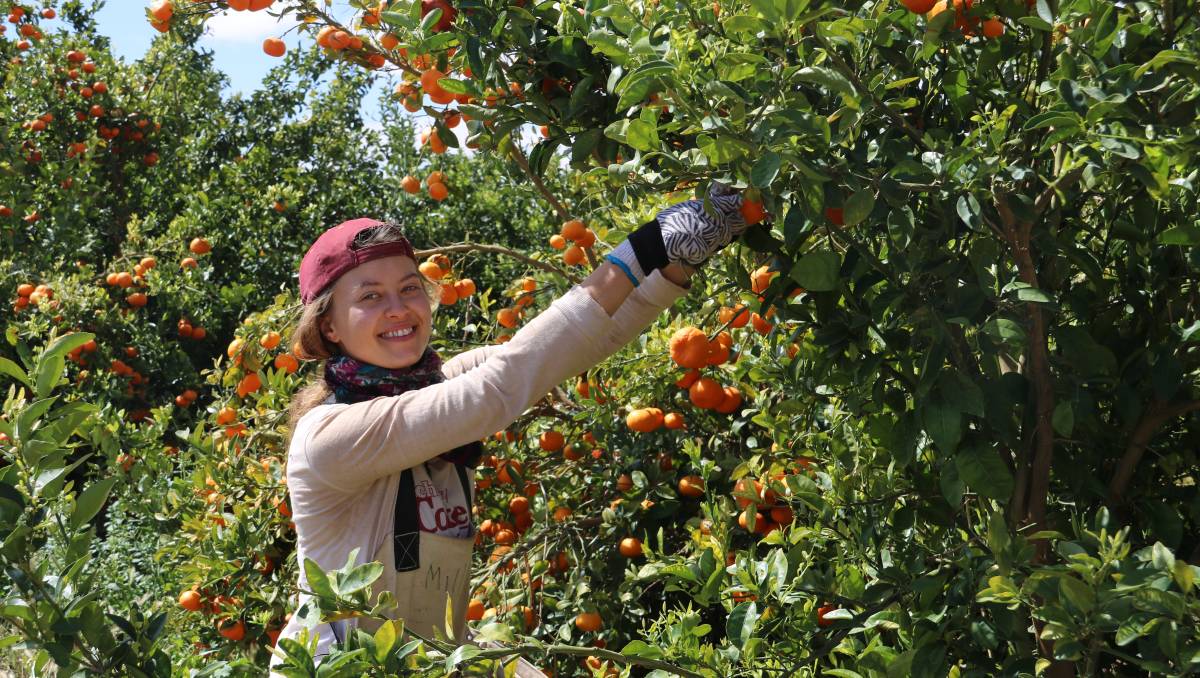



Farmers may soon be able to hire more foreign workers thanks to the development of a new farm visa. Workers from a variety of primary industries will be able to enter and stay in Australia under the new visa category, which took effect on Thursday. While the exact number of workers who will be allowed to enter the nation on the visa has not yet been determined, the initial workers are scheduled to come in late 2021. Quarantine protocols and arrangements with partner nations will govern entry into the country.
Agriculture Minister David Littleproud has said that the new visa will address the industry’s labour shortages, which had been compounded by COVID-19’s impact. Mr Littleproud opined that the ag visa will give long-term, stable manpower for our critical industries while addressing one of regional Australia’s largest difficulties in recent history.” “It will be open to applicants from a wide range of countries, and we have already begun discussions with a number of countries in our region who are keen to participate.” In exchange for the Nationals’ commitment to supporting a new free-trade agreement with the UK, the government approved the introduction of the new visa.
Farmers have been clamouring for such a visa for years, claiming that it would aid their production efforts. Between December and March 2022, a small group of agriculture workers will come to Australia under the new visa’s initial phase. For the second phase, which begins in April, the number of employees entering the country on visas is likely to rise much more. The new visa, according to Mr Littleproud, will complement existing programmes with Pacific nations.
The government committed to almost double the number of Pacific workers in Australia by March 2022. Nevertheless, the Pacific will remain the principal gateway for the sector to get employees for this crop. Officials believe that the ag visa will be the biggest structural change to the agricultural workforce in our nation’s history.
Article by: Hari Yellina (Orchard Tech)